
Features:
Works great with a for Arduino using our RTC library or with a for Raspberry Pi (or similar single-board Linux computer)
The PCF8523 is simple and inexpensive but not a high precision device. It may lose or gain up to 2 seconds a day. For a high-precision, temperature compensated alternative, please check out the DS3231 precision RTC. If you need a DS1307 for compatibility reasons, check out our DS1307 RTC.
This product does not come with a CR1220 coin cell battery. We recommend you purchase a coin cell battery to use with this product.
PCB & header are included
Plugs into any breadboard or you can use wires
Description:
This is a great battery-backed real-time clock (RTC) that allows your microcontroller project to keep track of time even if it is reprogrammed, or if the power is lost. Perfect for data logging, clock-building, time stamping, timers, and alarms, etc. Equipped with PCF8523 RTC - it can run from 3.3V or 5V power & logic!
Specification:
Two mounting holes
Package includes:
1 x PCF8523 RTC Board
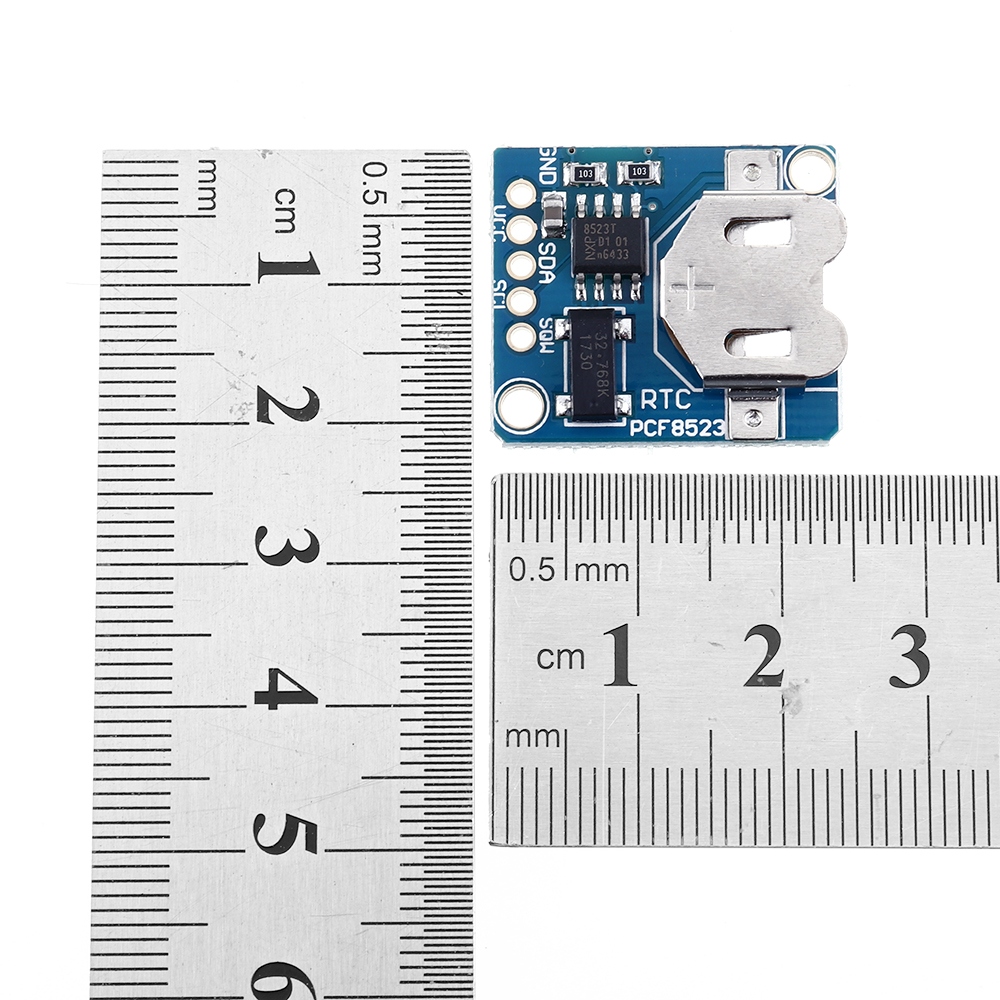

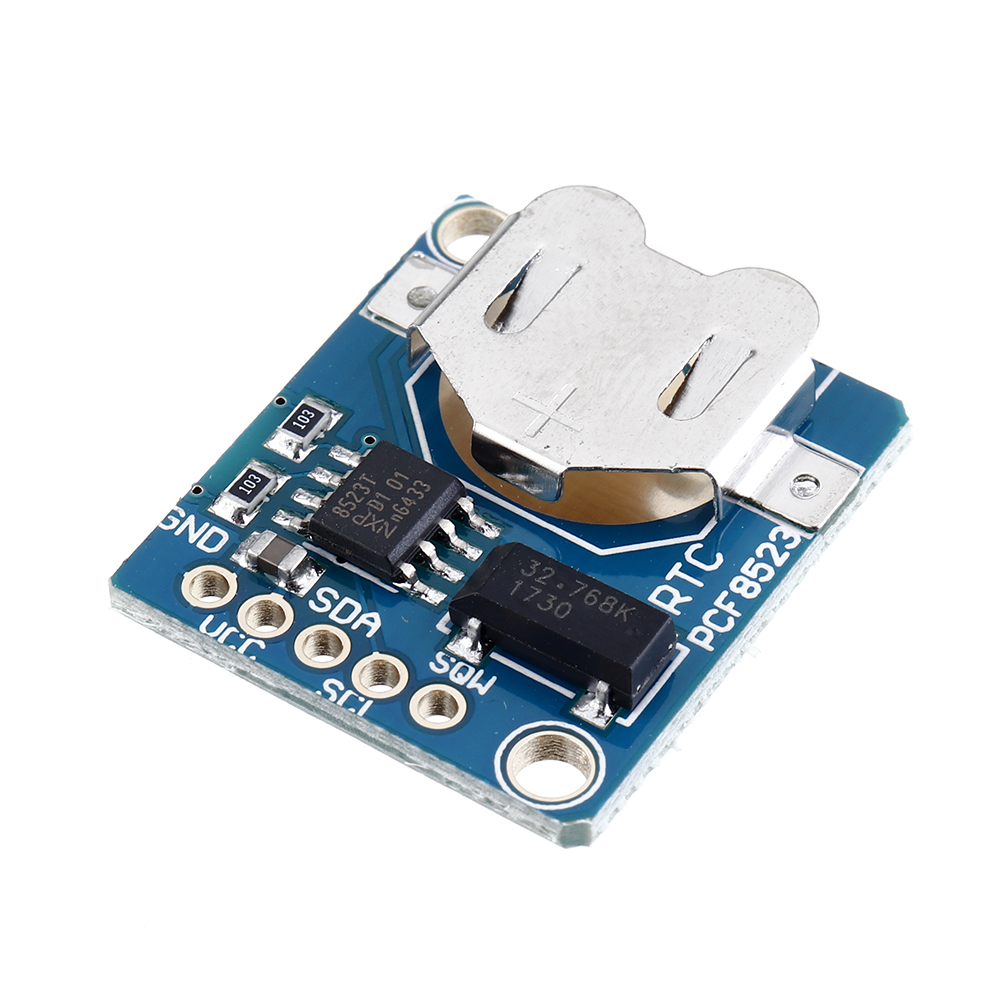
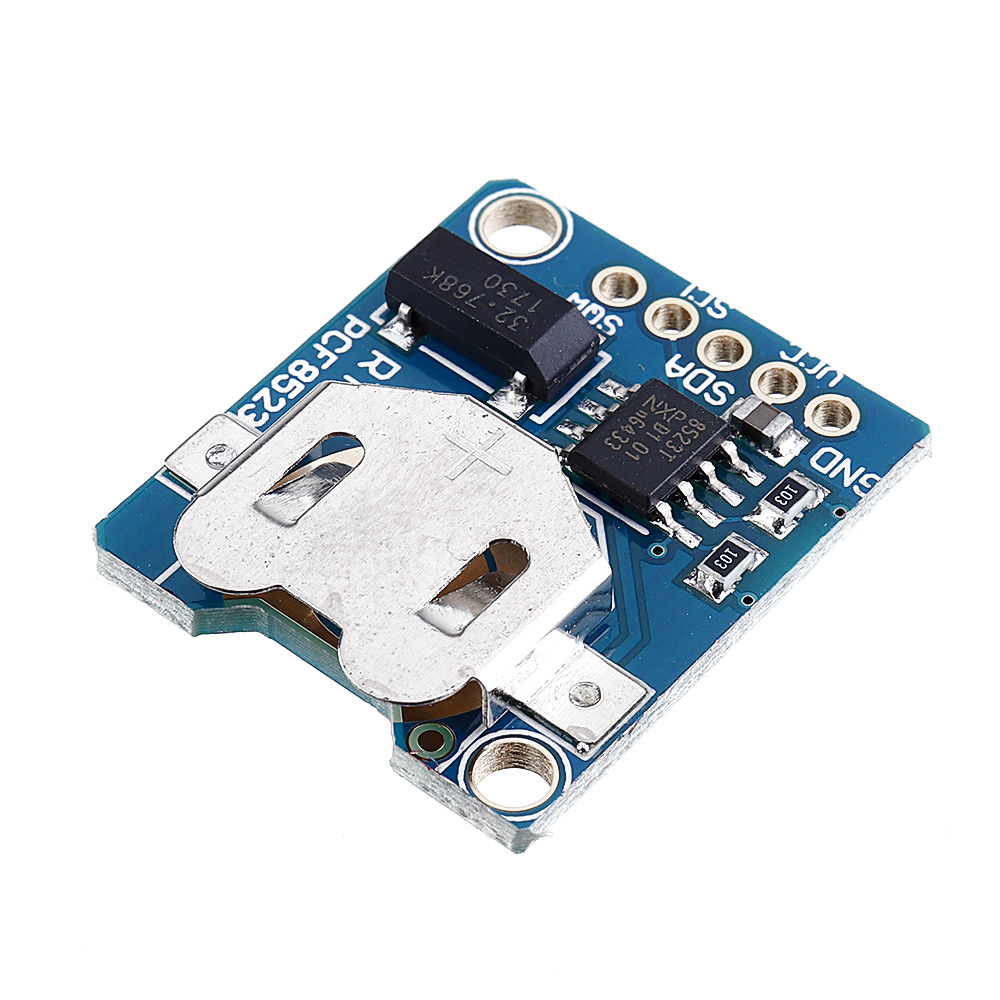

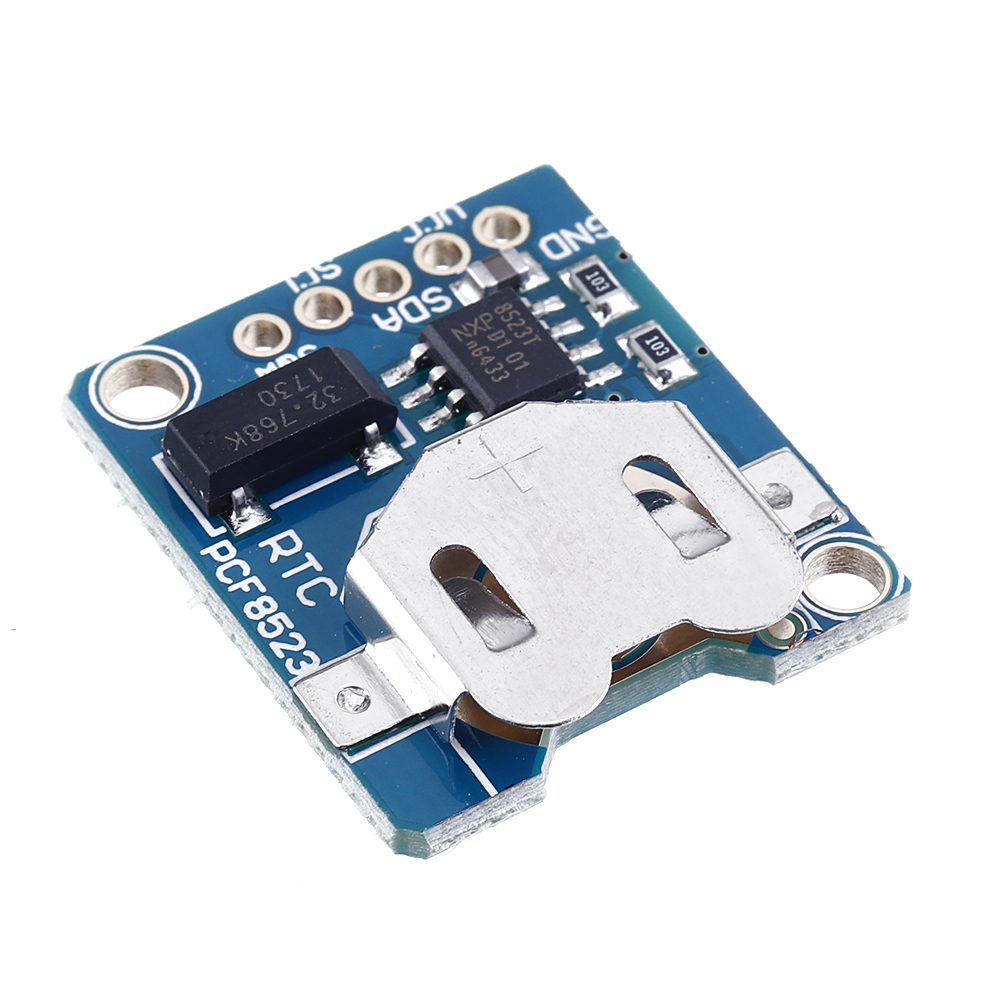
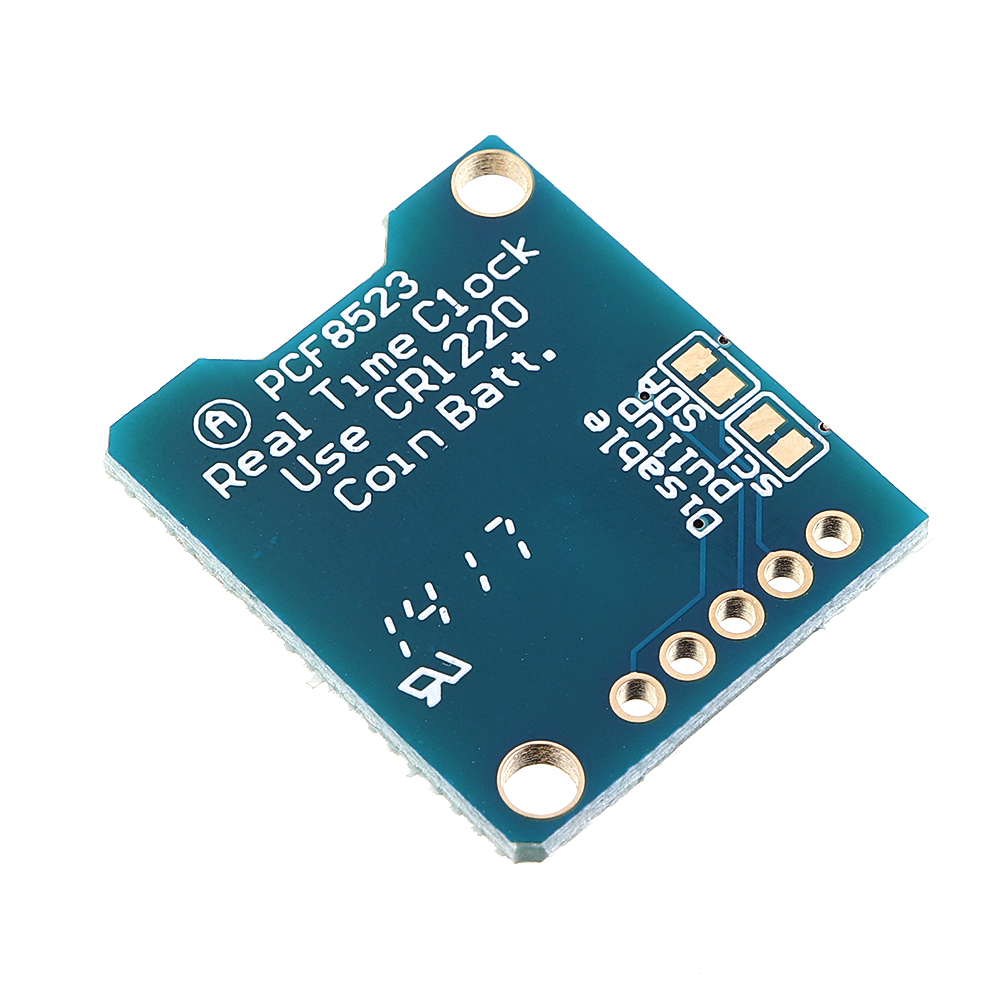
PCF8523 RTC Module Digital Board PCF8523 Real Time Clock RTC 3.3V 5V for Arduino Raspberry Pi See detail

